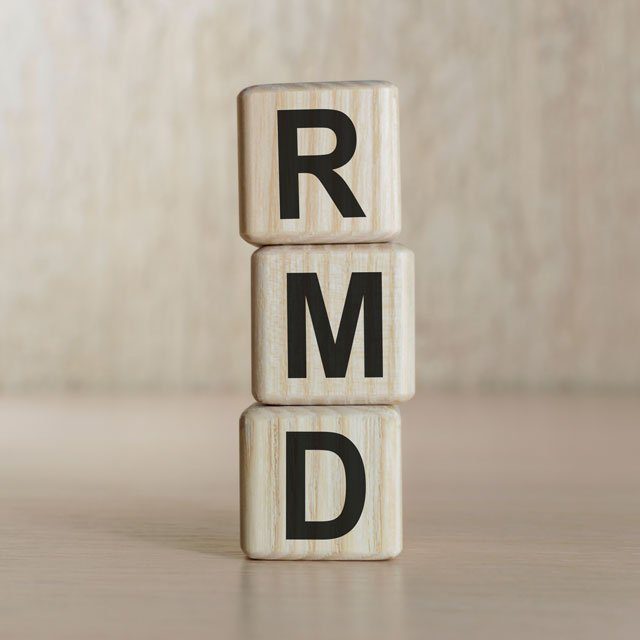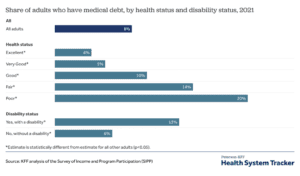IRS' New RMD Guidance Brings Relief to IRA Beneficiaries — for Now

What You Need to Know
Under IRS guidance issued earlier this year under the Secure Act, most IRA beneficiaries must take annual RMDs, emptying the account in 10 years.
The IRS last week waived penalties for missed RMDs for 2021 and 2022 under the 10-year rule.
The new IRS guidance gives advisors and clients more room for planning, advisors and CPAs say.
At the end of last week, the Internal Revenue Service published Notice 2022-53, in which the agency clarified that it soon intends to publish a final regulation pertaining to the distribution of tax-sheltered assets held in inherited individual retirement accounts.
The notice also informed financial planners and their clients that they do not need to take distributions from such inherited accounts for 2021 or 2022 — essentially giving them a free pass for required minimum distributions while the final regulations are being worked out, with those regulations applying “no earlier than the 2023 distribution calendar year.”
Notice 2022-53 immediately grabbed the attention of the financial advisory industry, with many financial planners and clients breathing a guarded sigh of relief about the IRS’ guidance. Prior to the publication of the notice, there was substantial confusion about when and whether certain benefices would have to begin drawing down inherited IRA assets.
The Secure Act and the Death of the Stretch IRA
The inherited IRA RMD issue ties back to a key legislative change made by the Setting Every Community Up for Retirement Enhancement (Secure) Act. That law, passed late in 2019, did away with the so-called “stretch IRA” in that it established a mandatory 10-year window for the distribution of inherited IRA funds applying to most beneficiaries other than spouses.
Before the Secure Act, any heirs who inherited traditional IRAs could stretch the account’s tax-deferring power by basing the calculation of the RMD amounts on their own life expectancy. They could then enjoy decades of tax-free asset appreciation that often would see the inherited account’s value grow substantially rater than shrink, thanks to the modest RMD payments.
Under proposed IRS regulations issued earlier this year, such IRA beneficiaries must instead fully draw down the account over a 10-year period, and they must take required minimum distributions in years one through nine if the account owner died after their own required beginning date.
Though they are clear in their inherited IRA RMD requirements, the proposed rules have yet to be technically finalized, and they could in fact be subject to meaningful change. As such, advisory industry practitioners have been unsure whether their clients with inherited IRAs must make such distributions this year or next year.
With Notice 2022-53, the answer has been given, and advisors can now instruct their clients to wait and see what the final regulations entail before drawing any unwanted or unneeded funds from inherited IRAs.
Insights for Advisors and Clients
Asked for his initial response to these developments, Tim Steffen, a certified public accountant and director of tax planning at Baird, says the IRS has now helpfully signaled that it plans to finalize these points soon — but not necessarily this year. Steffen also points out that, while helpful, these updates do not eliminate all the inherited RMD uncertainty.
“These proposed rules might be the final rules, or they might not — but there is now another year to plan,” he says. “The bottom line is that there is no need to take inherited IRA RMDs for this year if you were following the 10-year rule [and intending to back-load withdrawals]. There is no risk of facing a penalty for missing those RMDs this year.”





